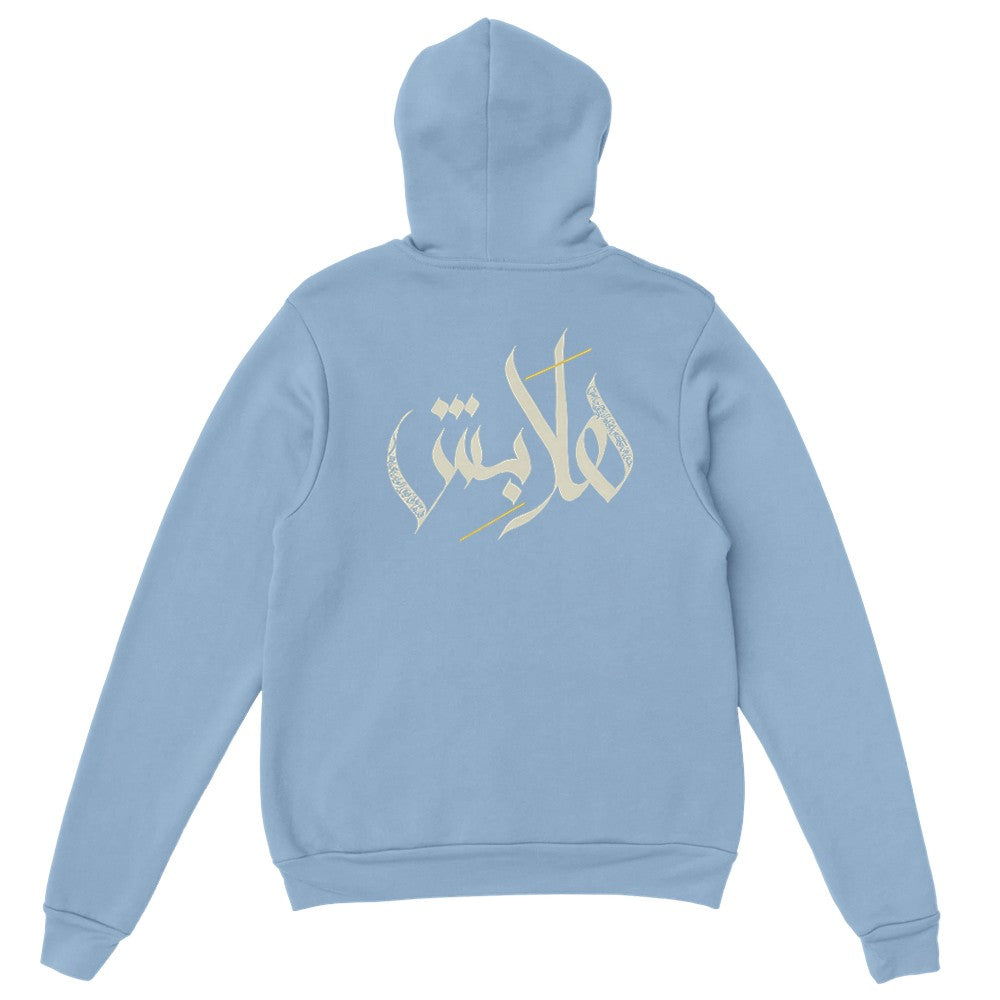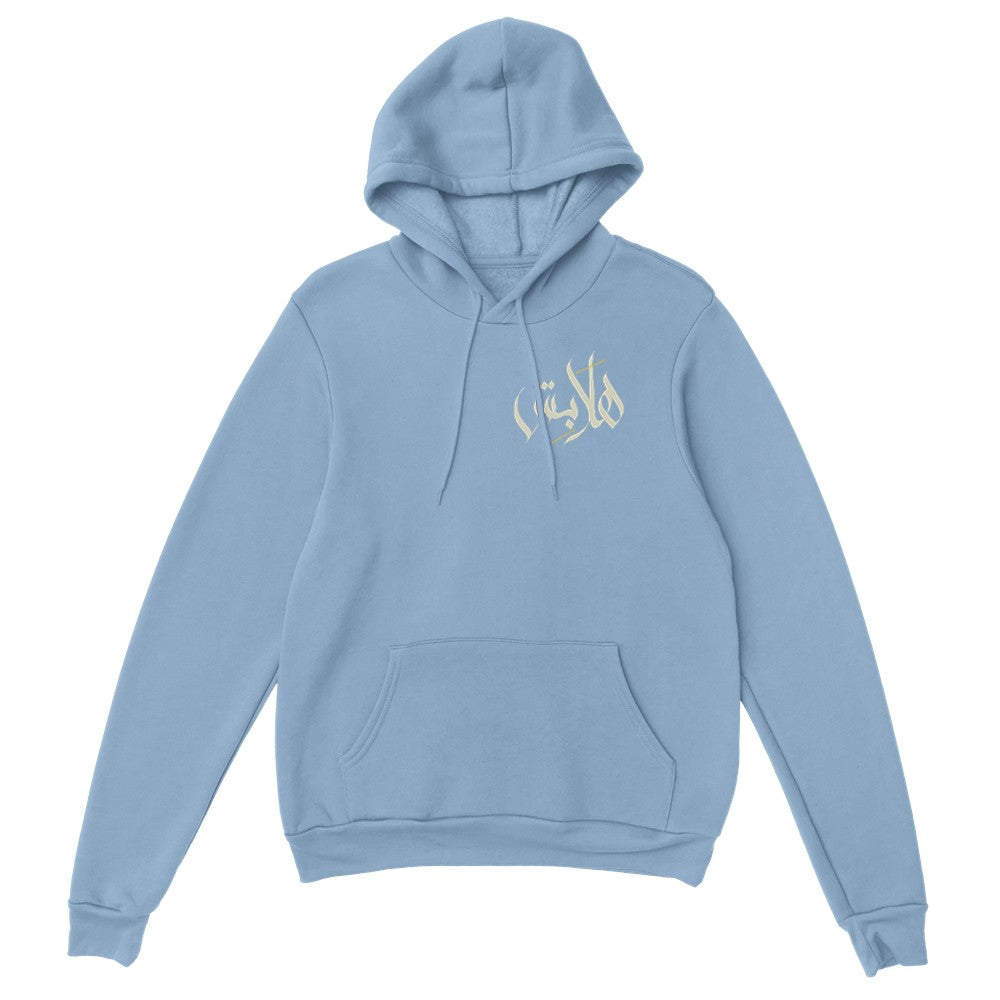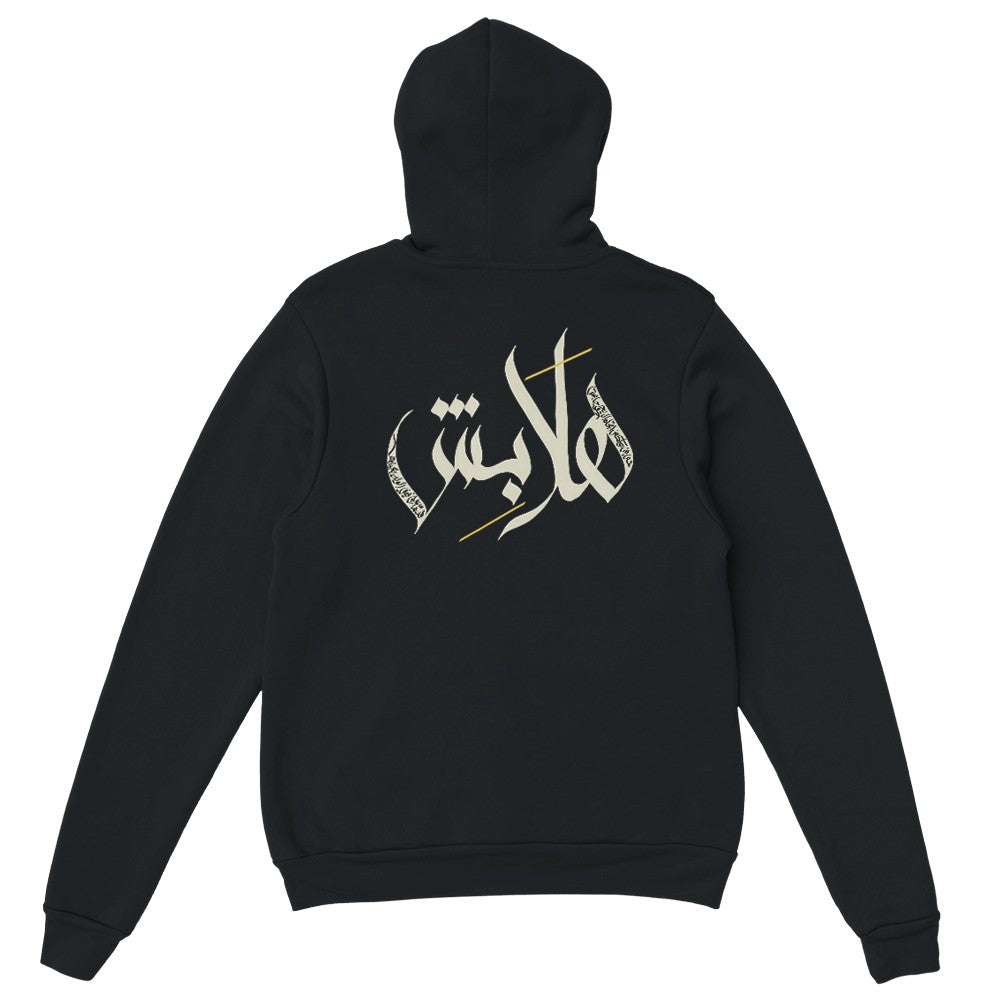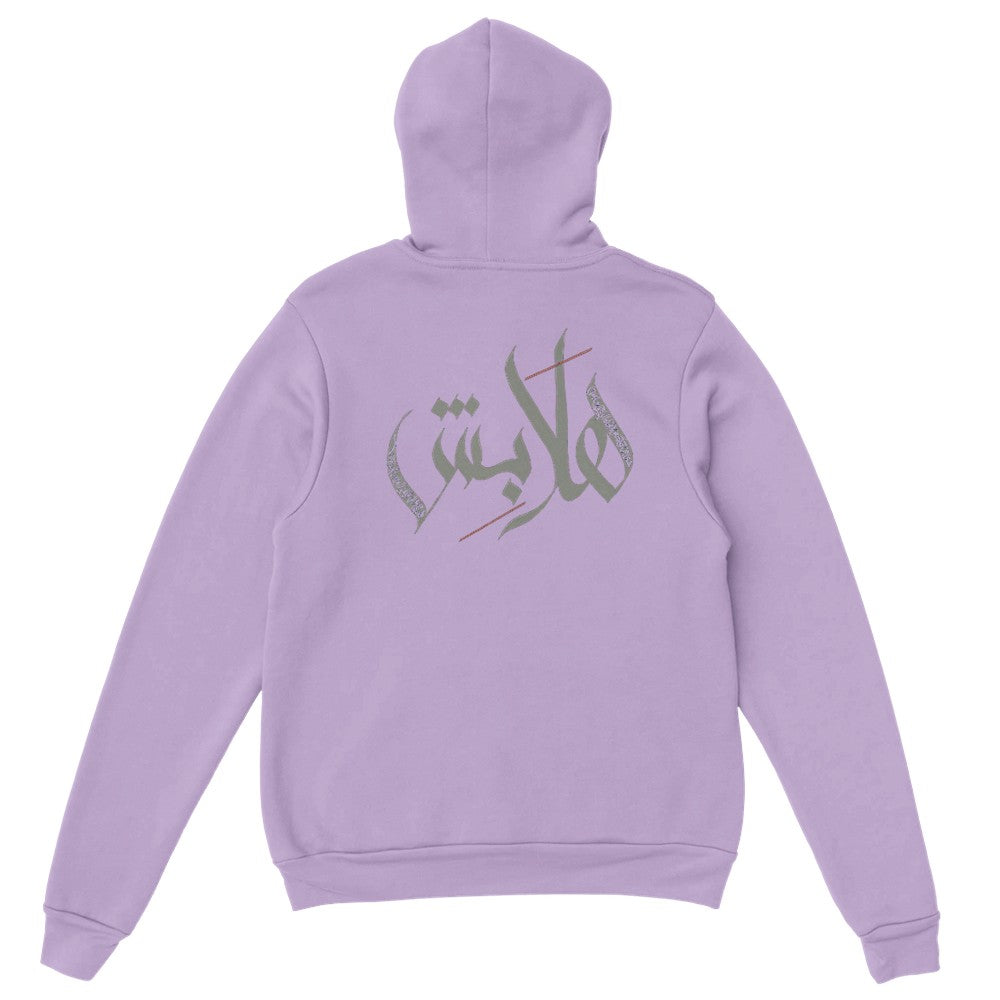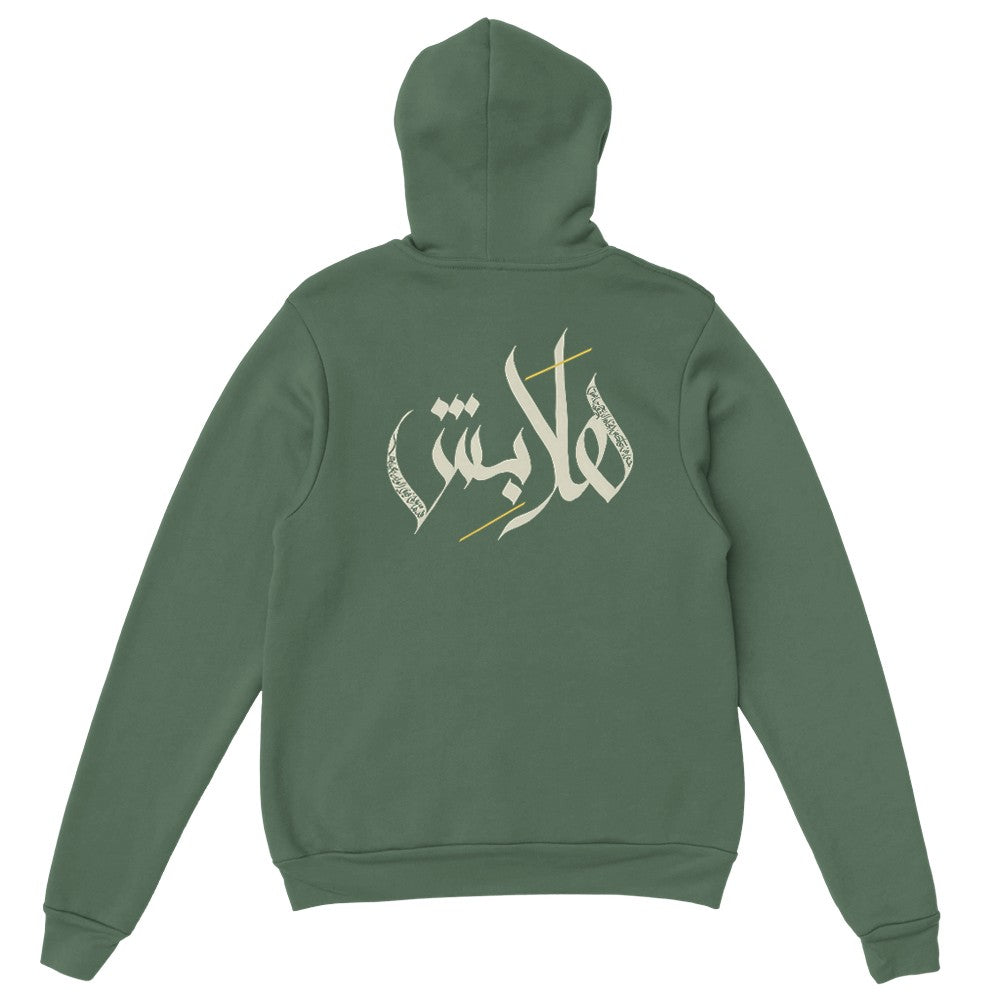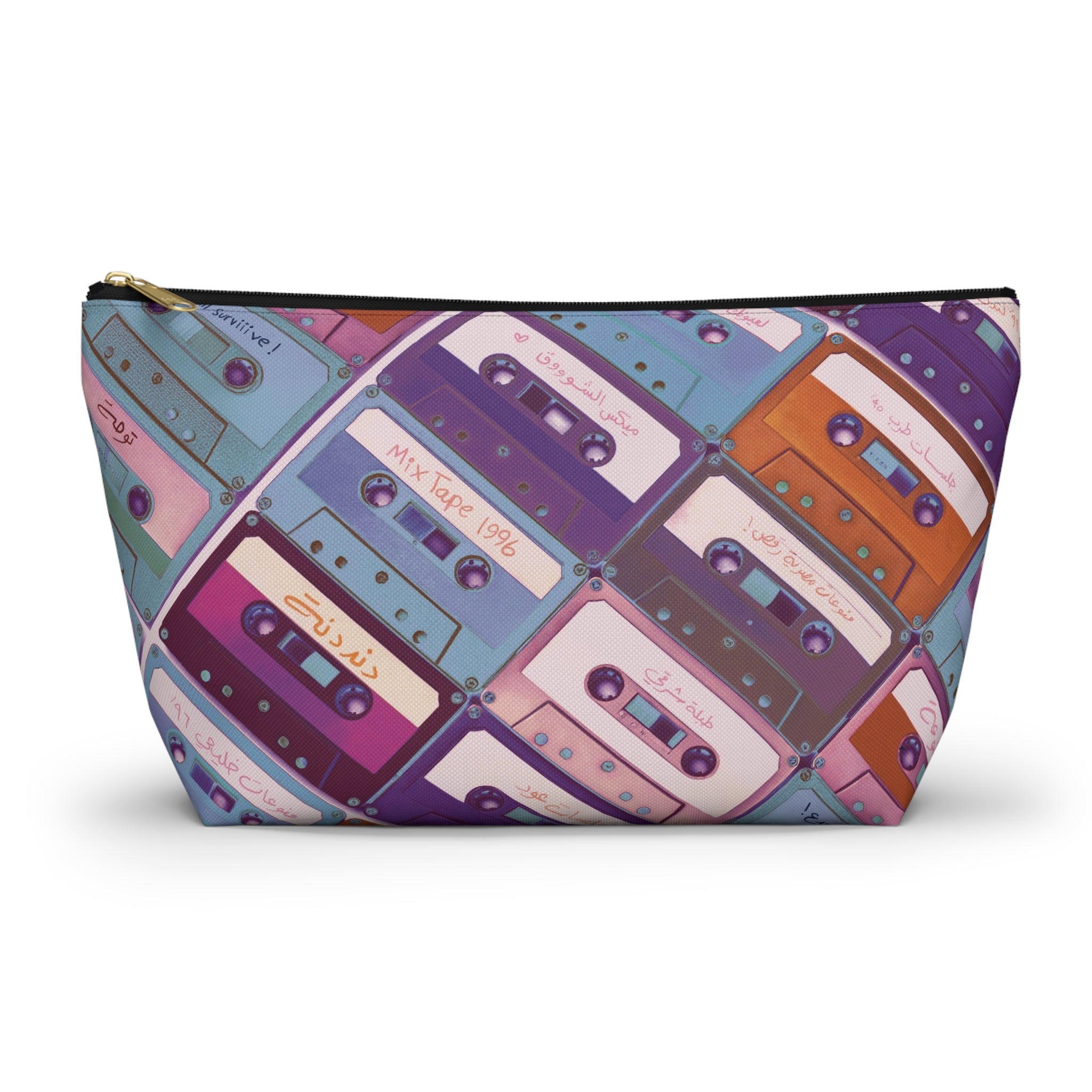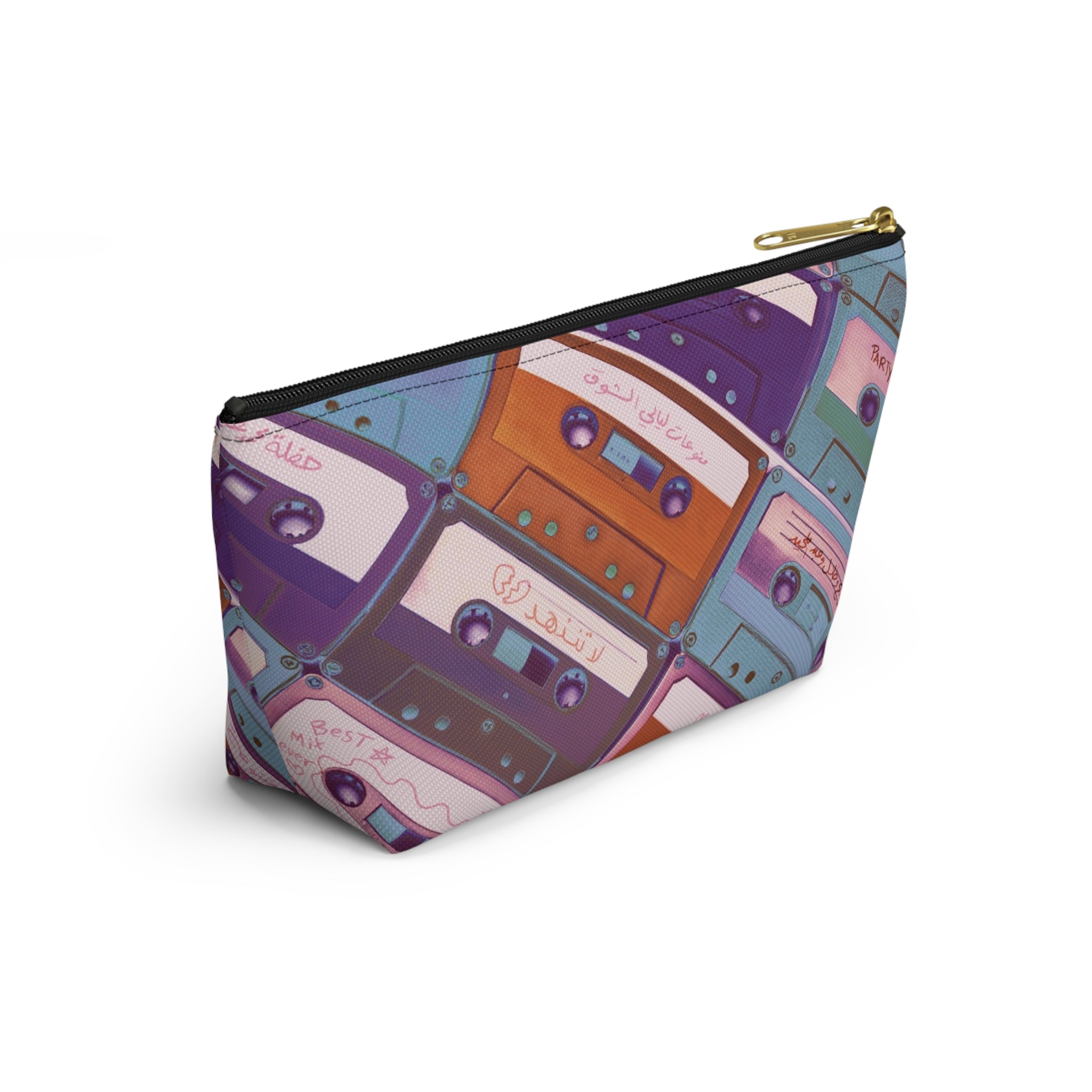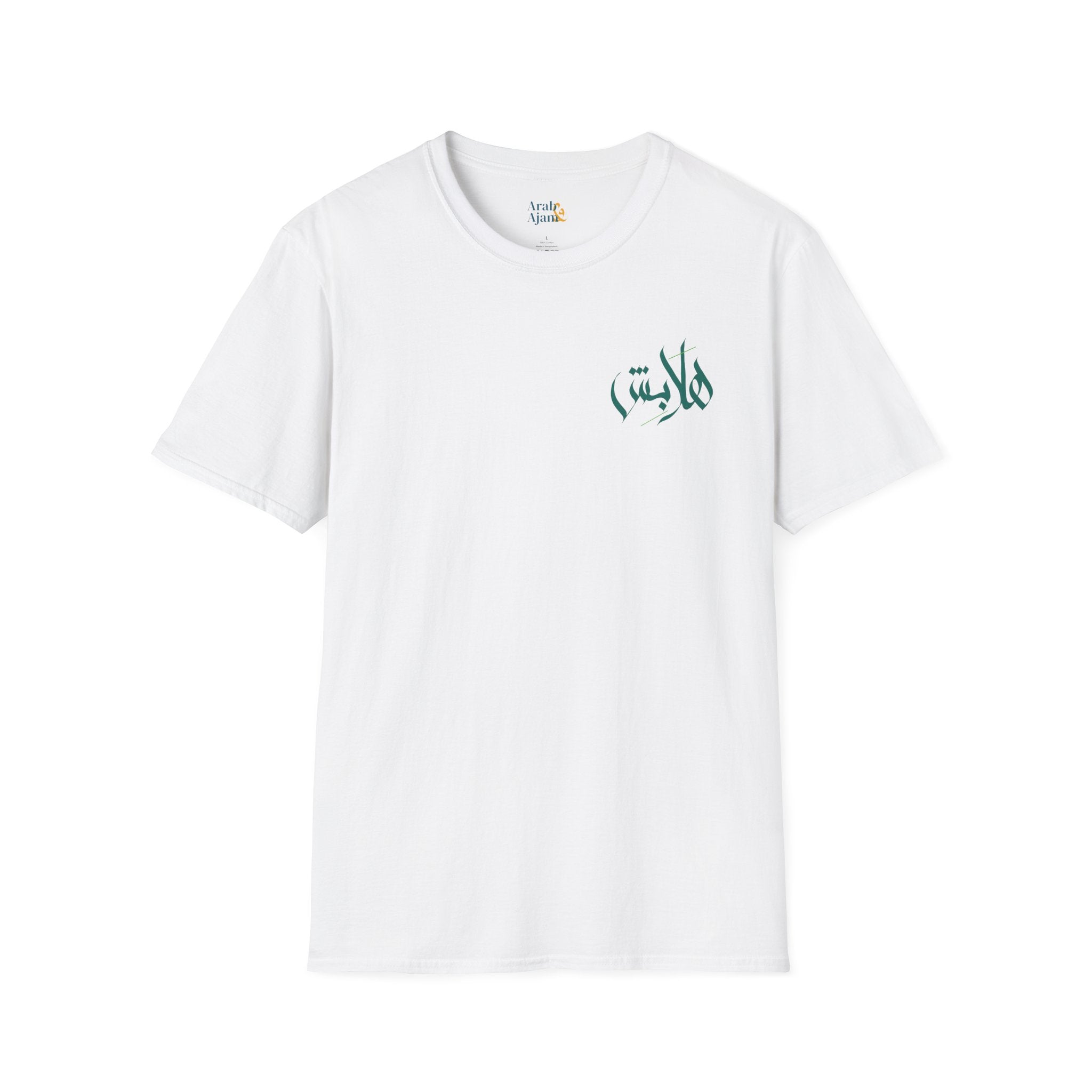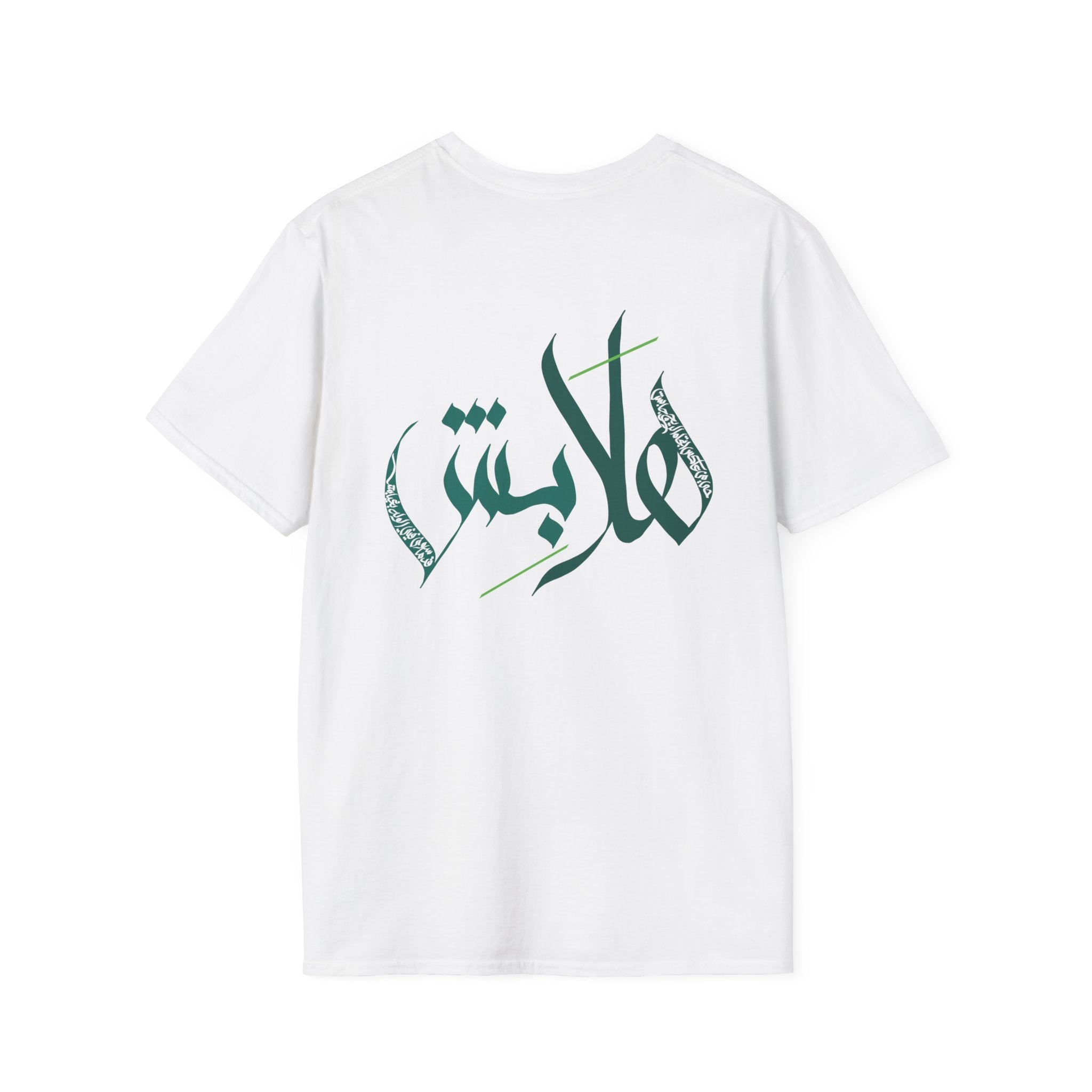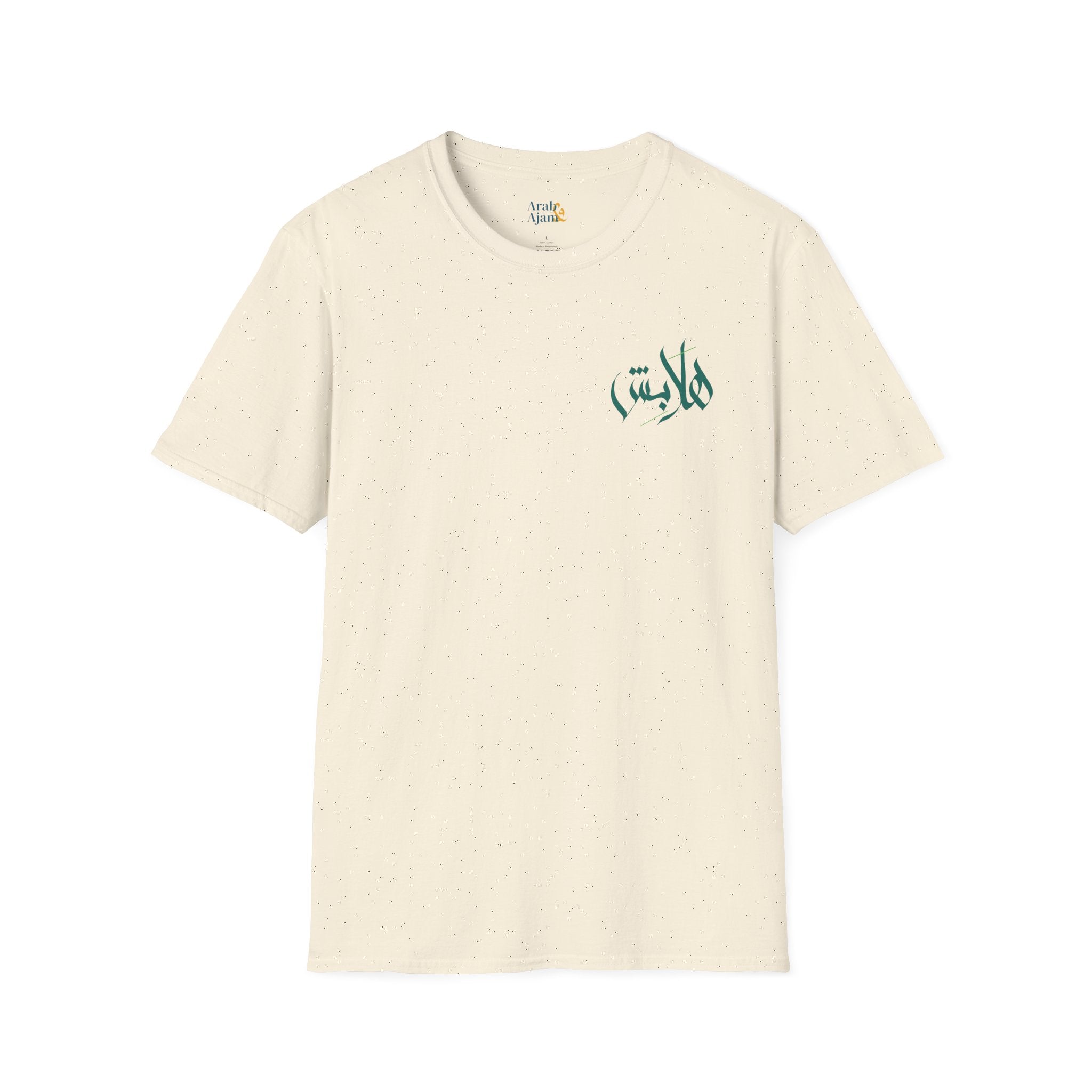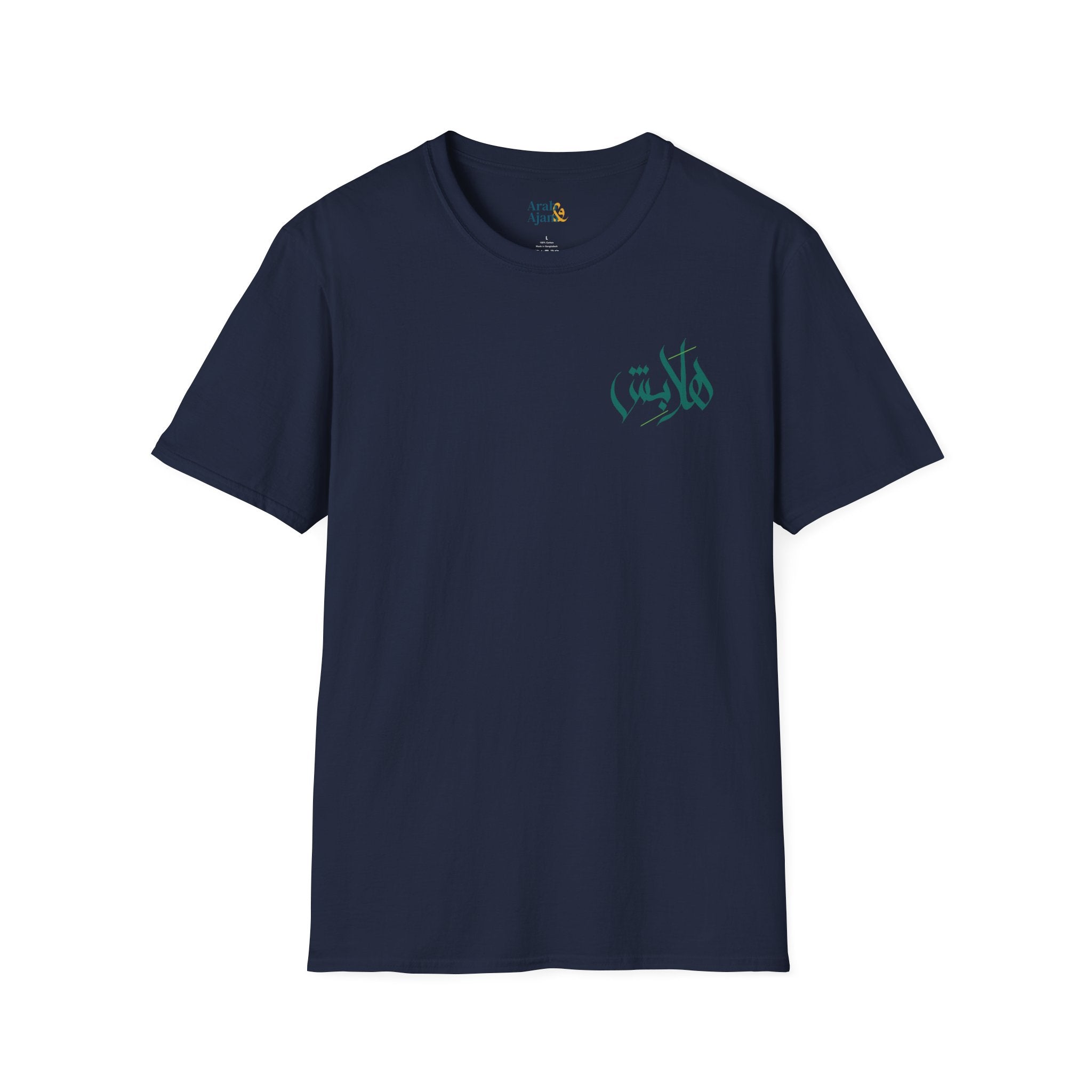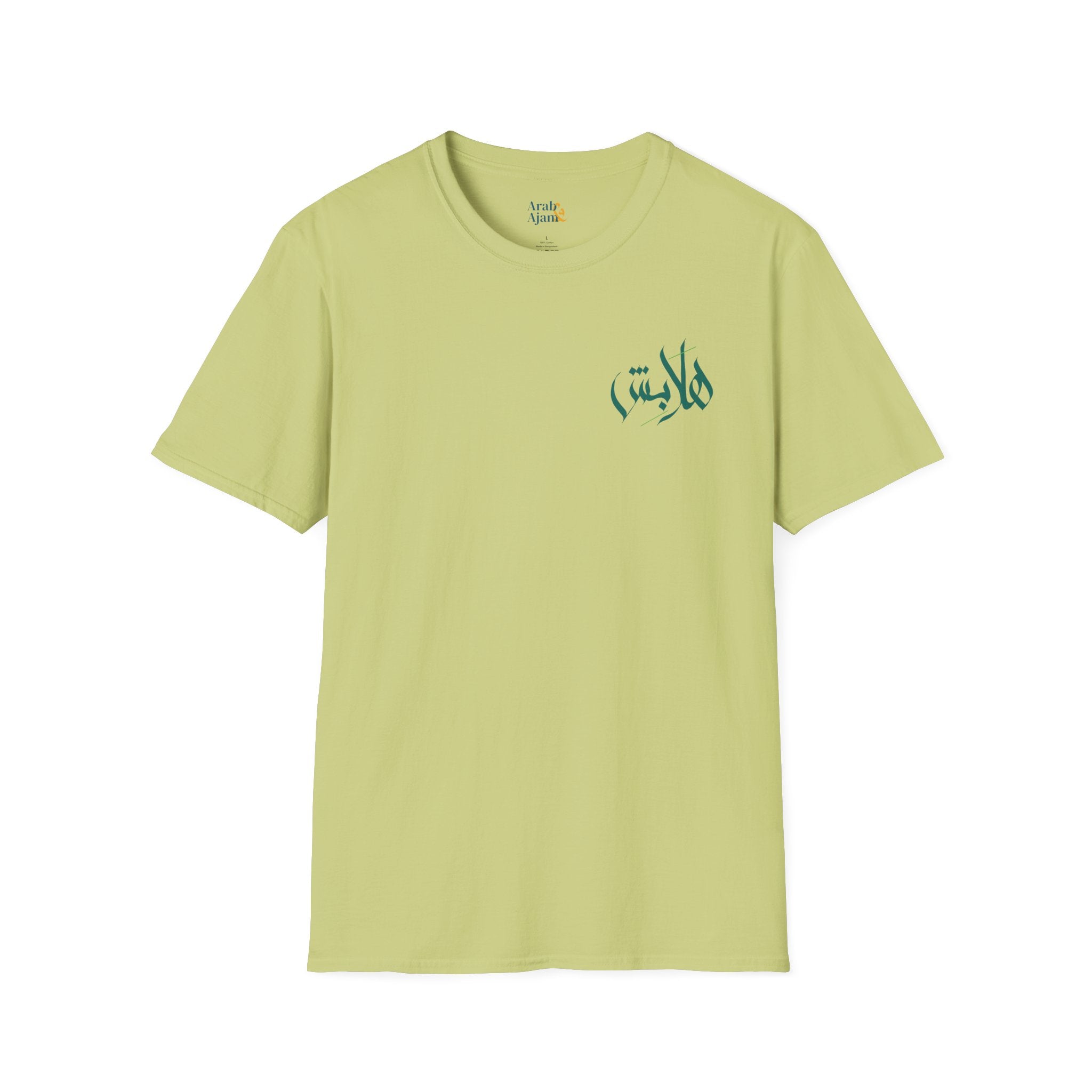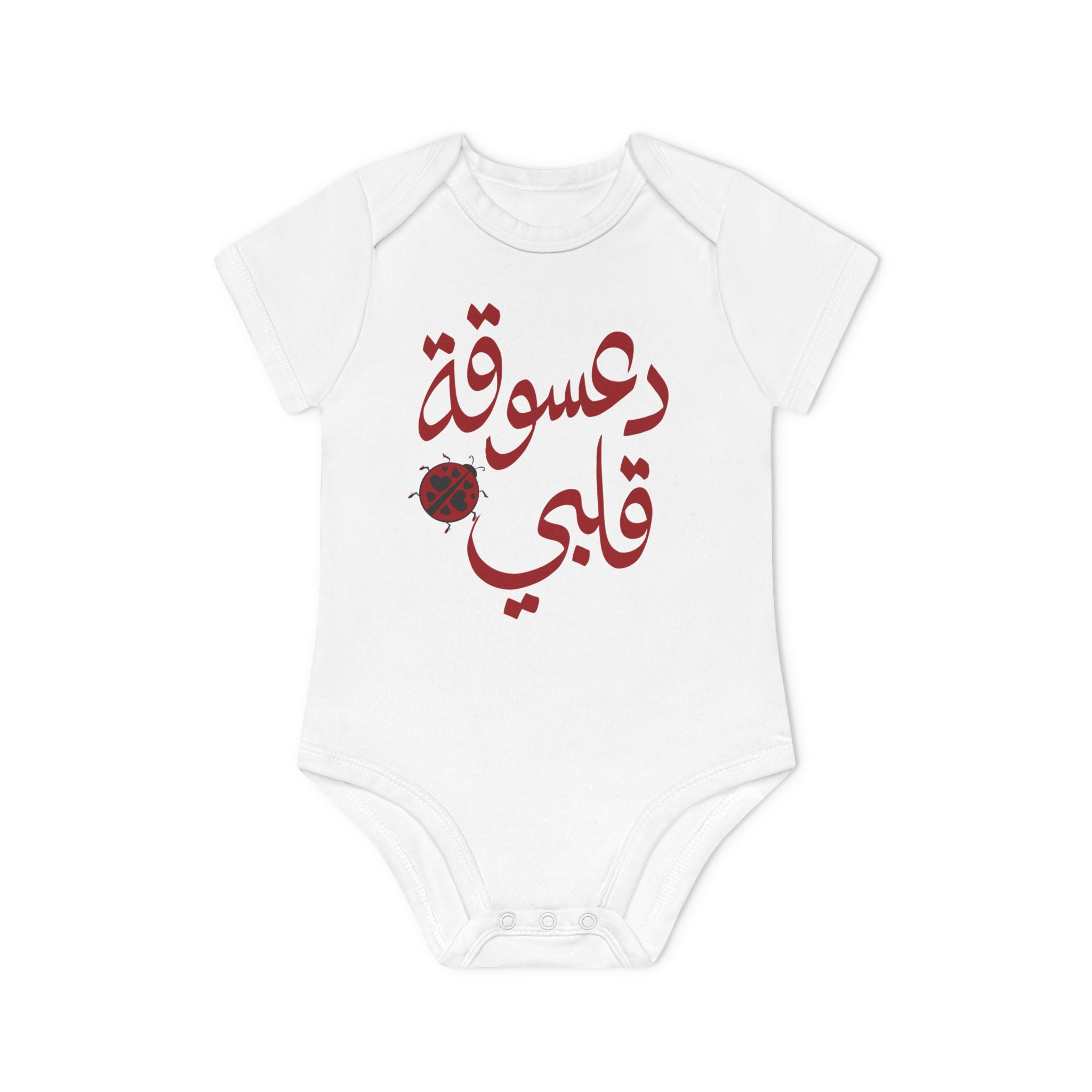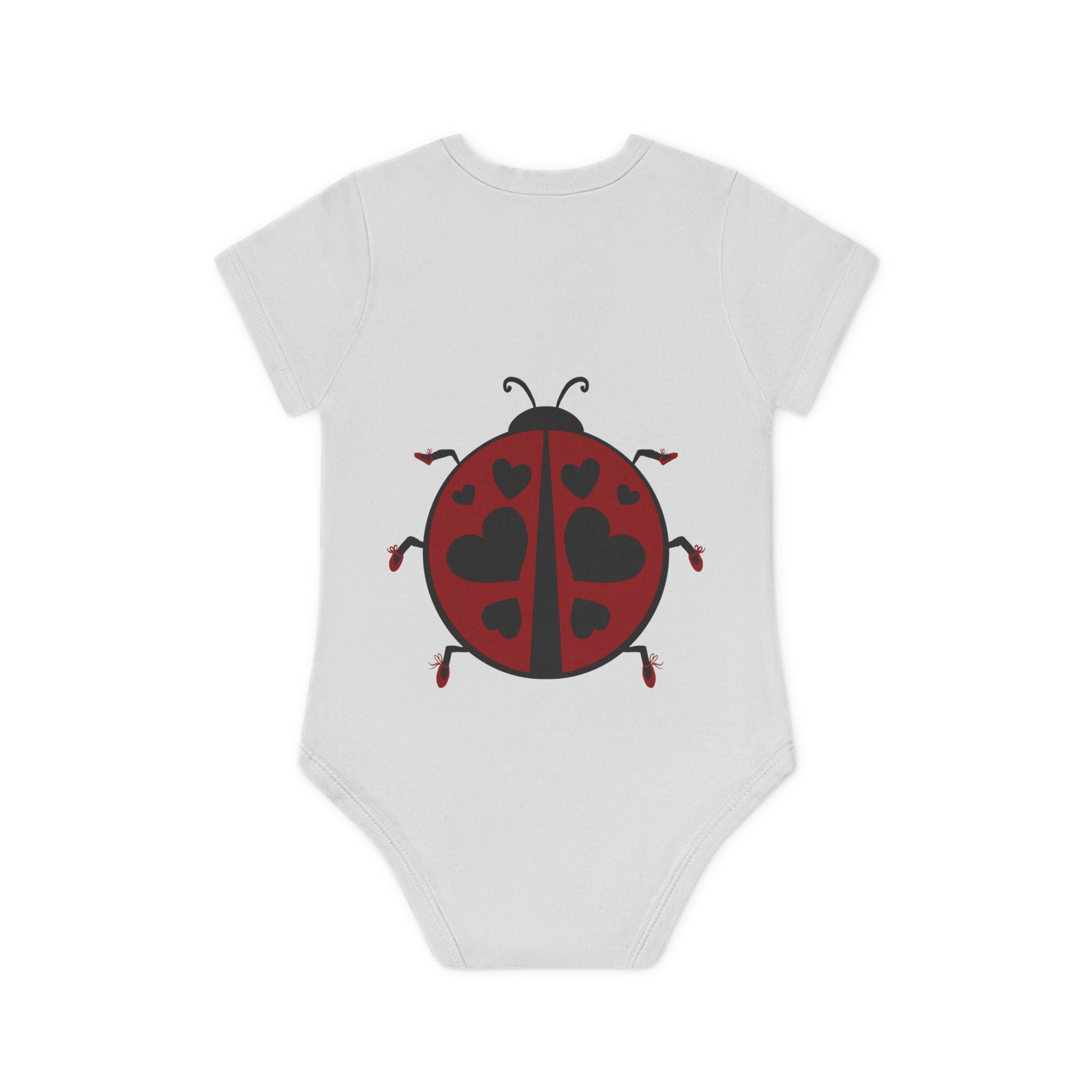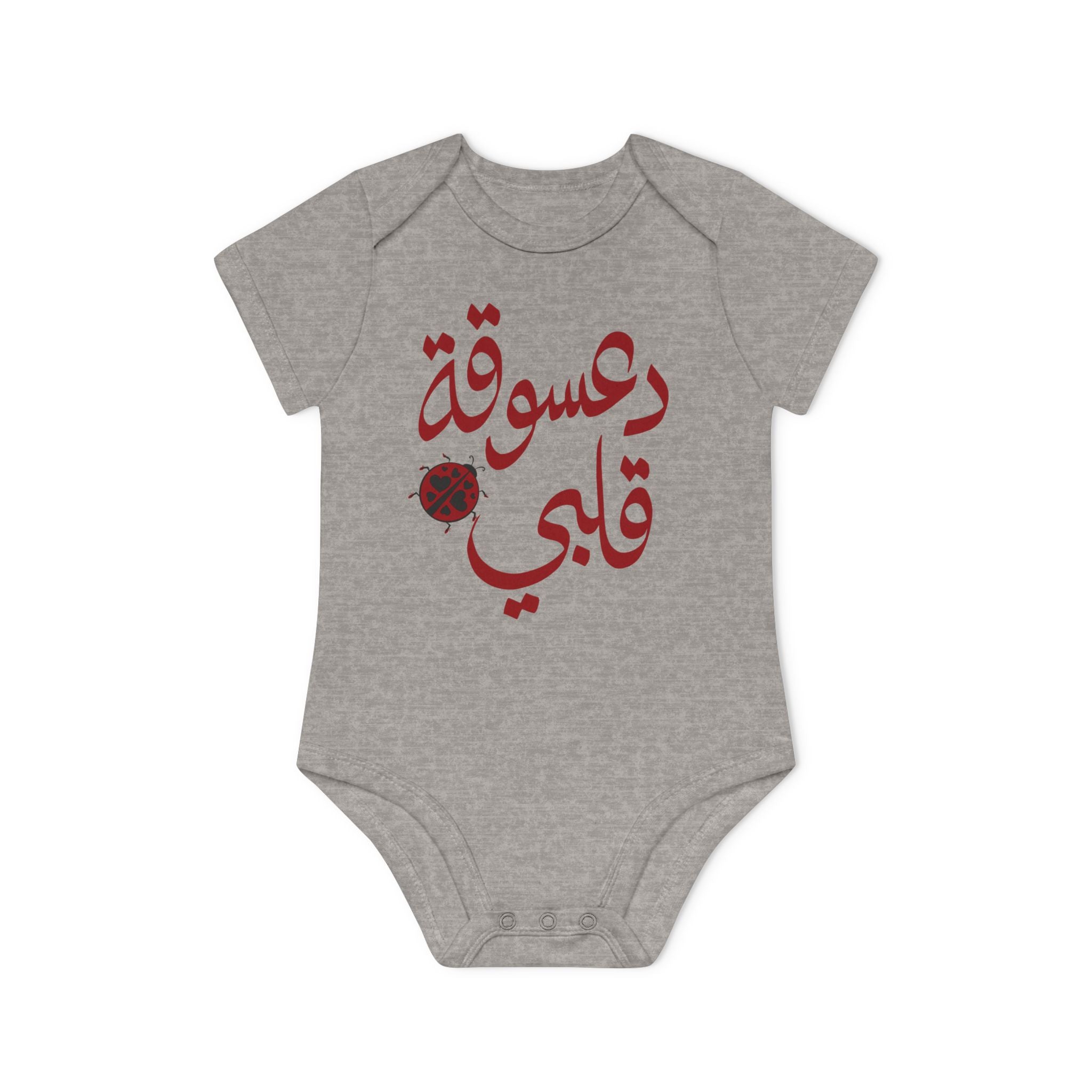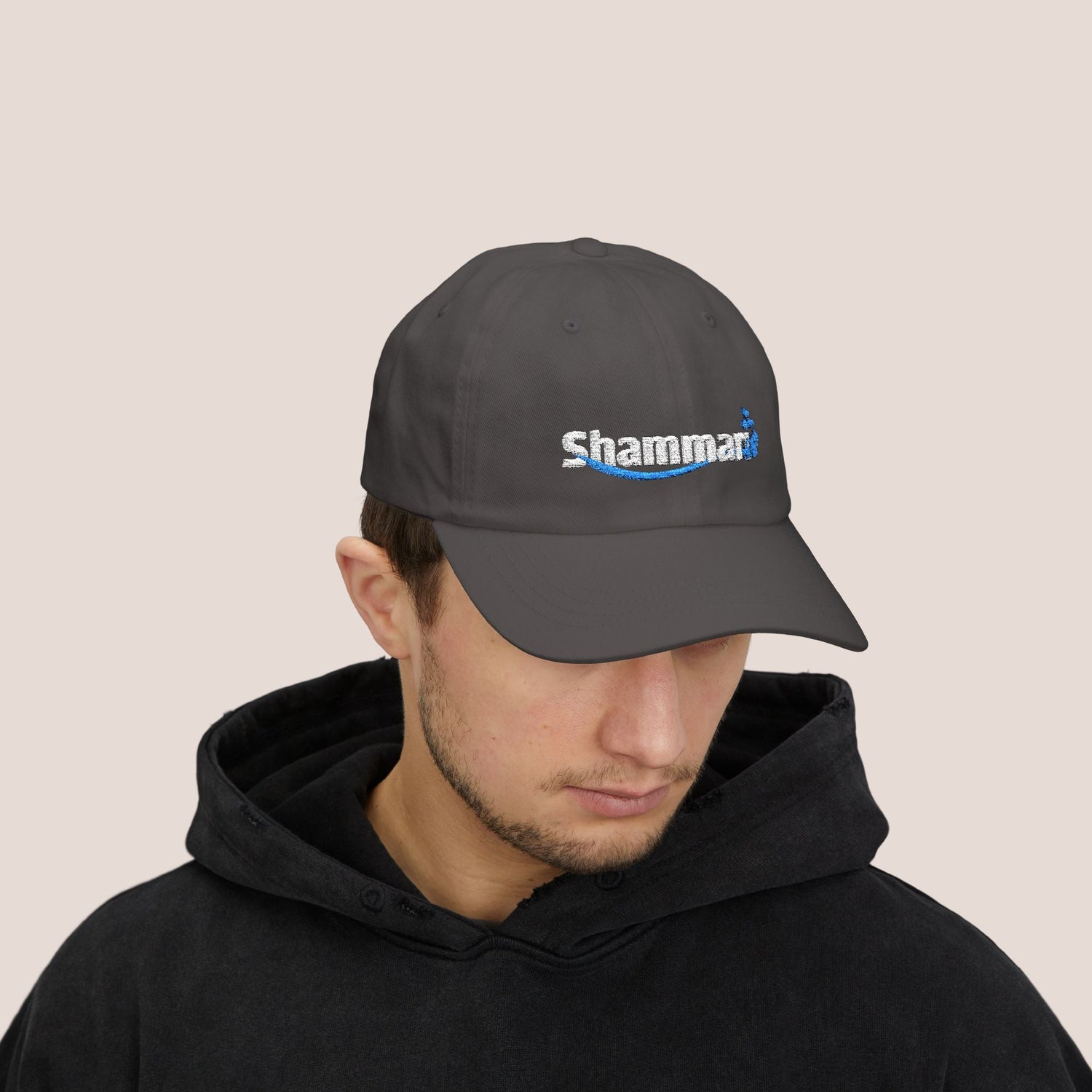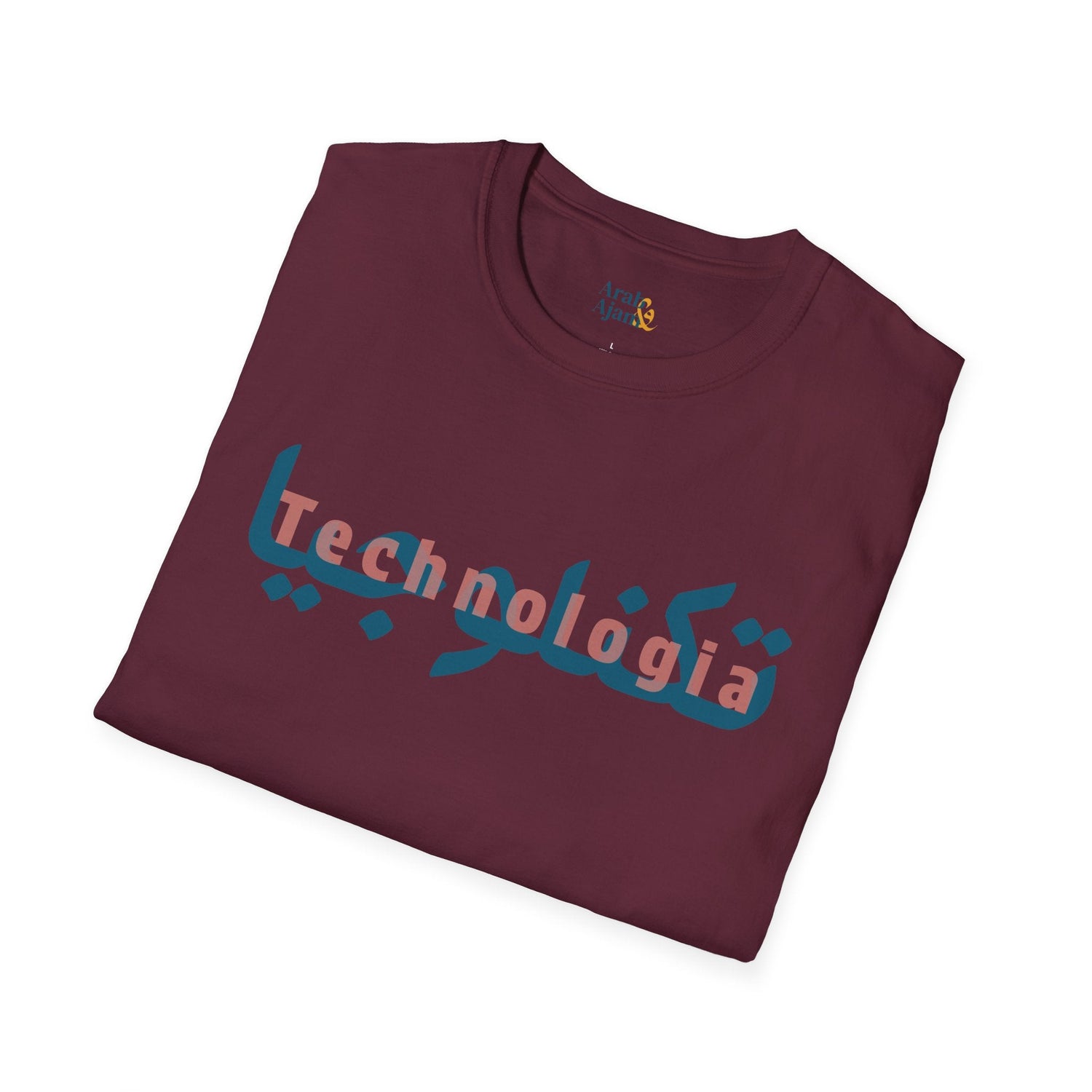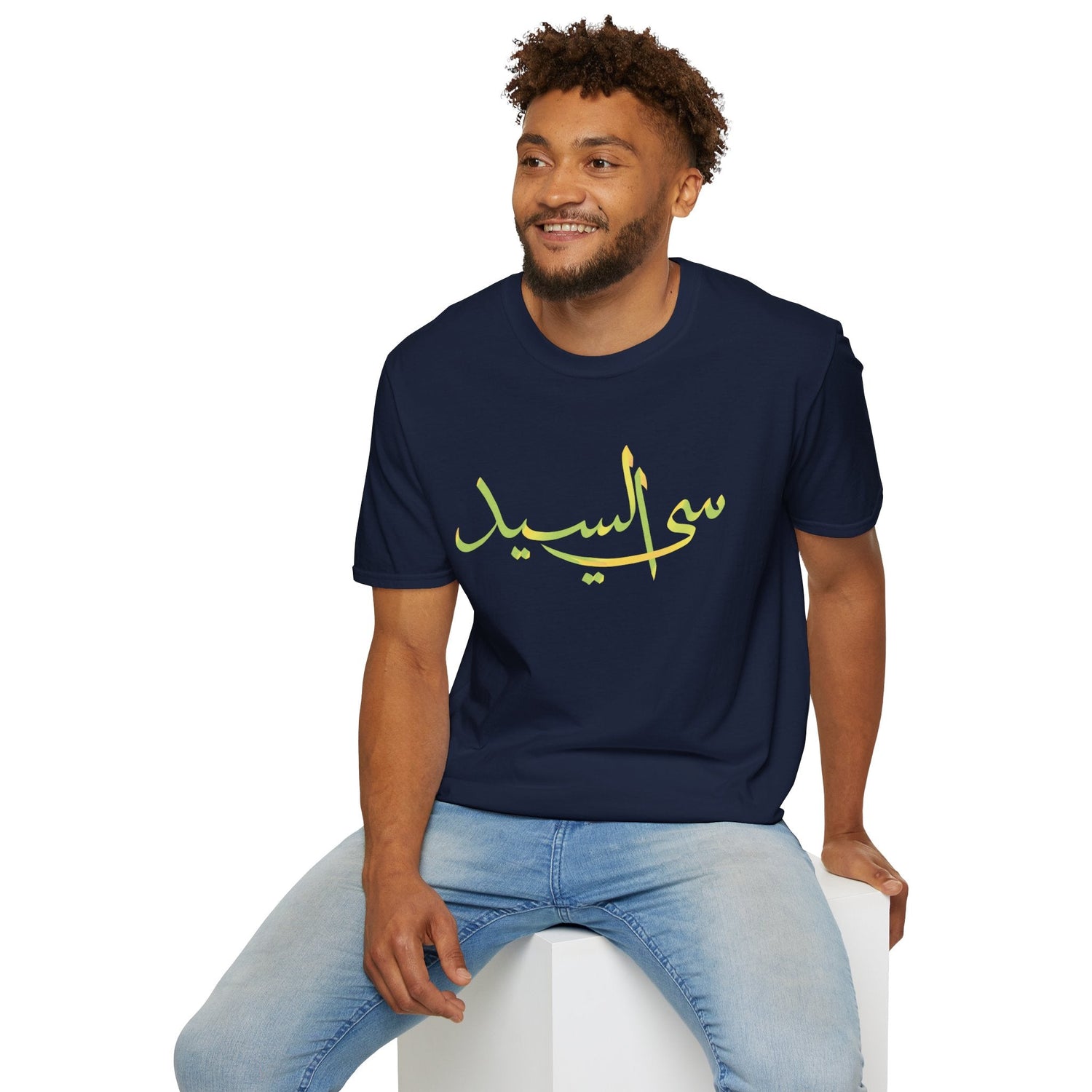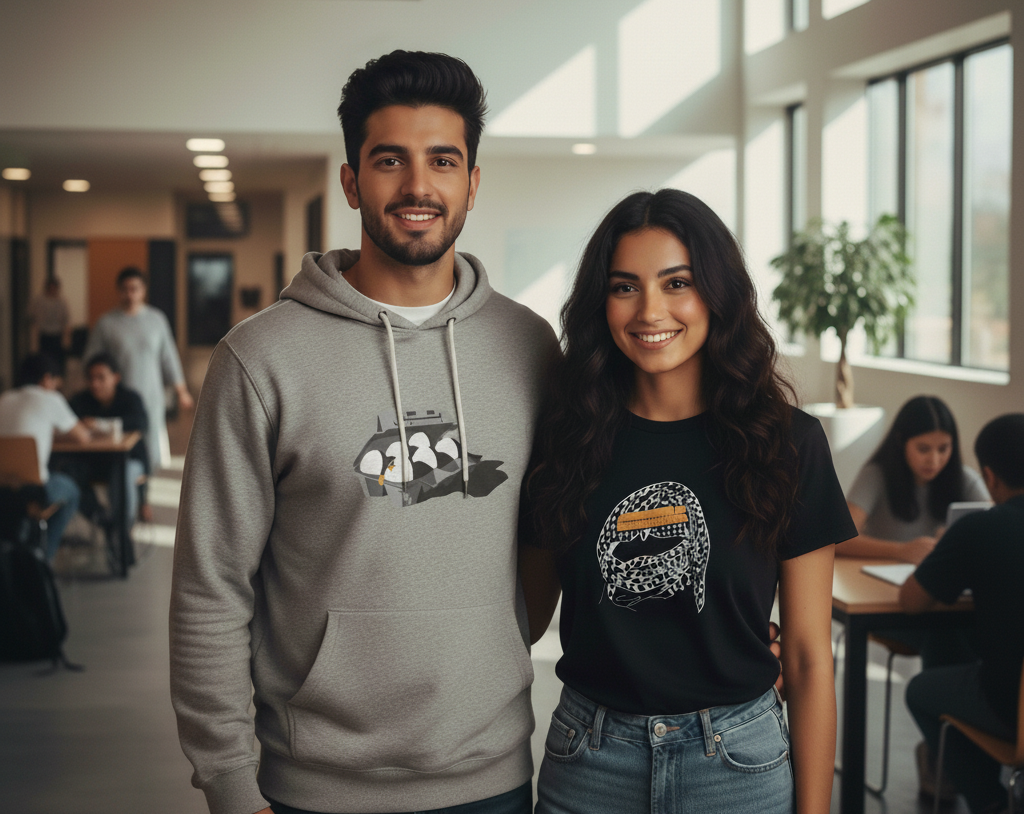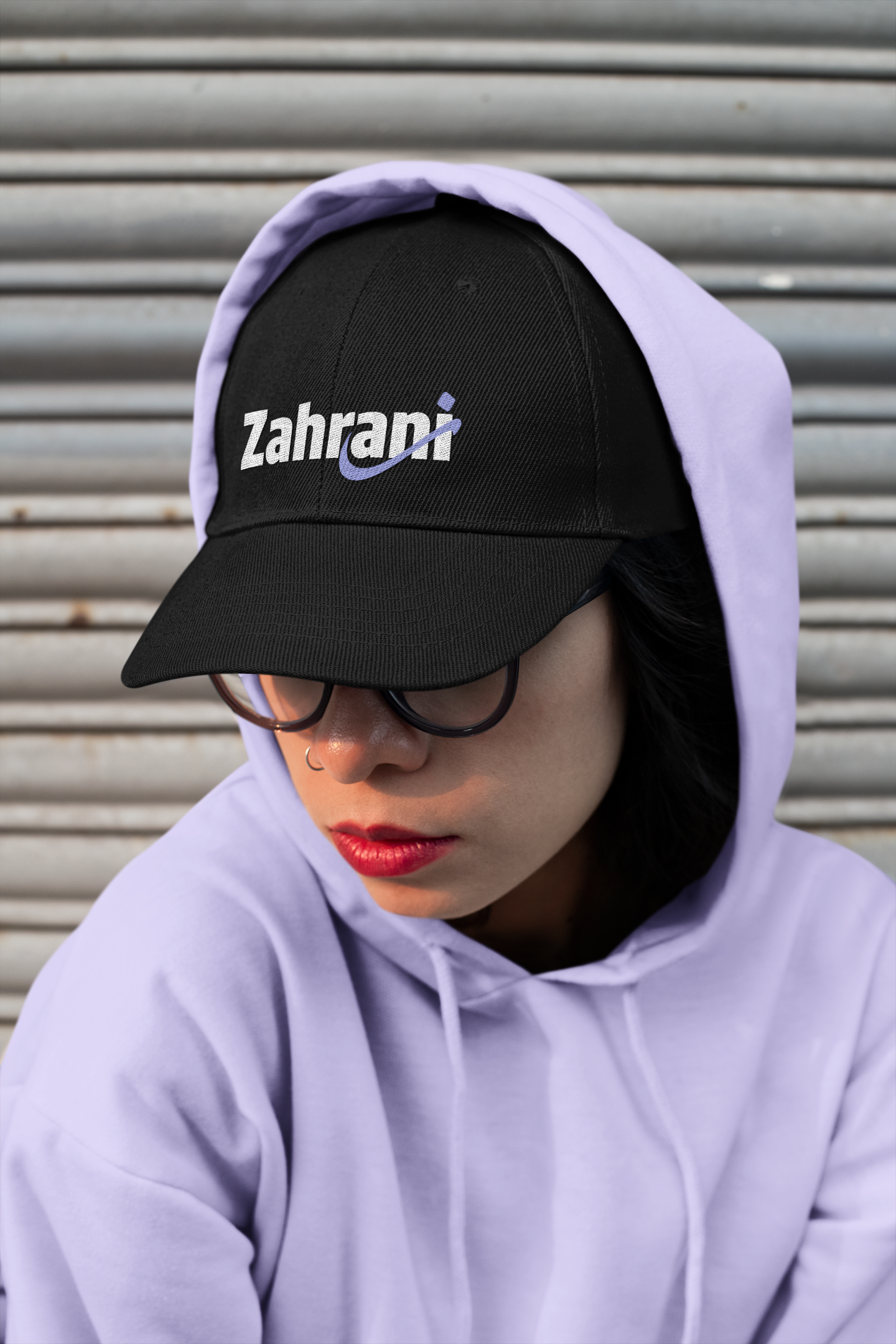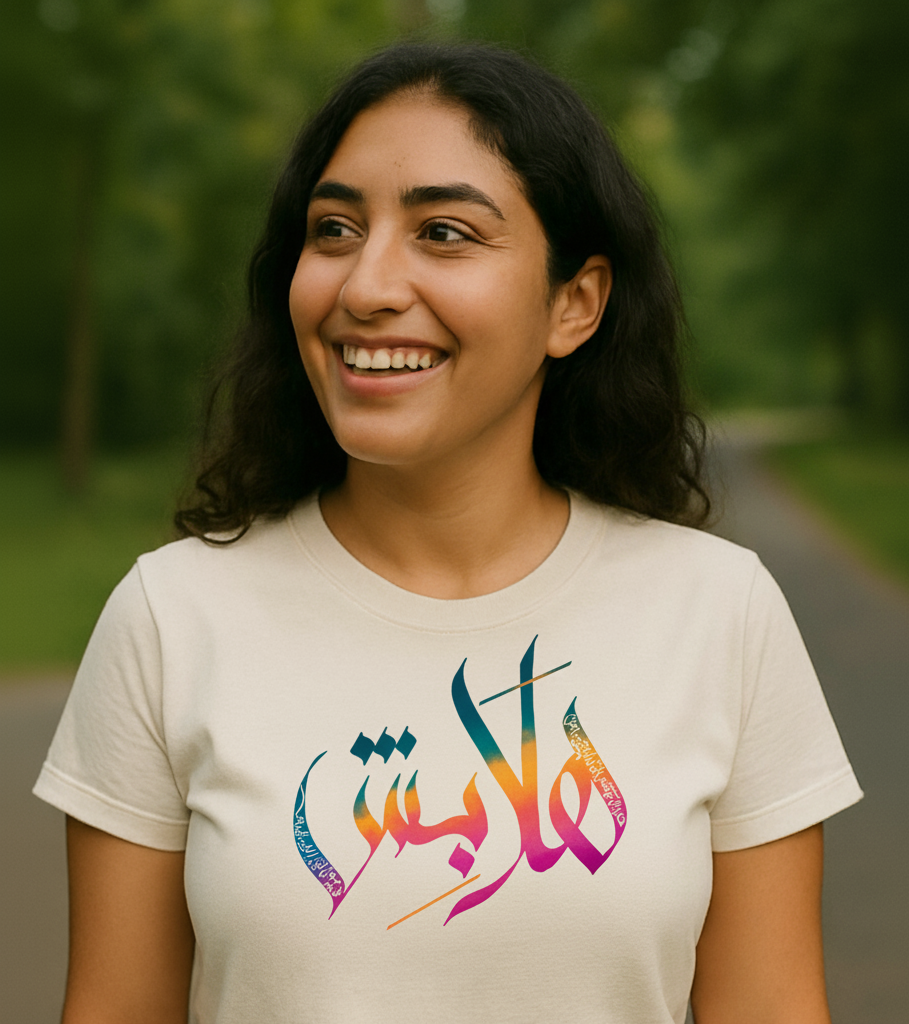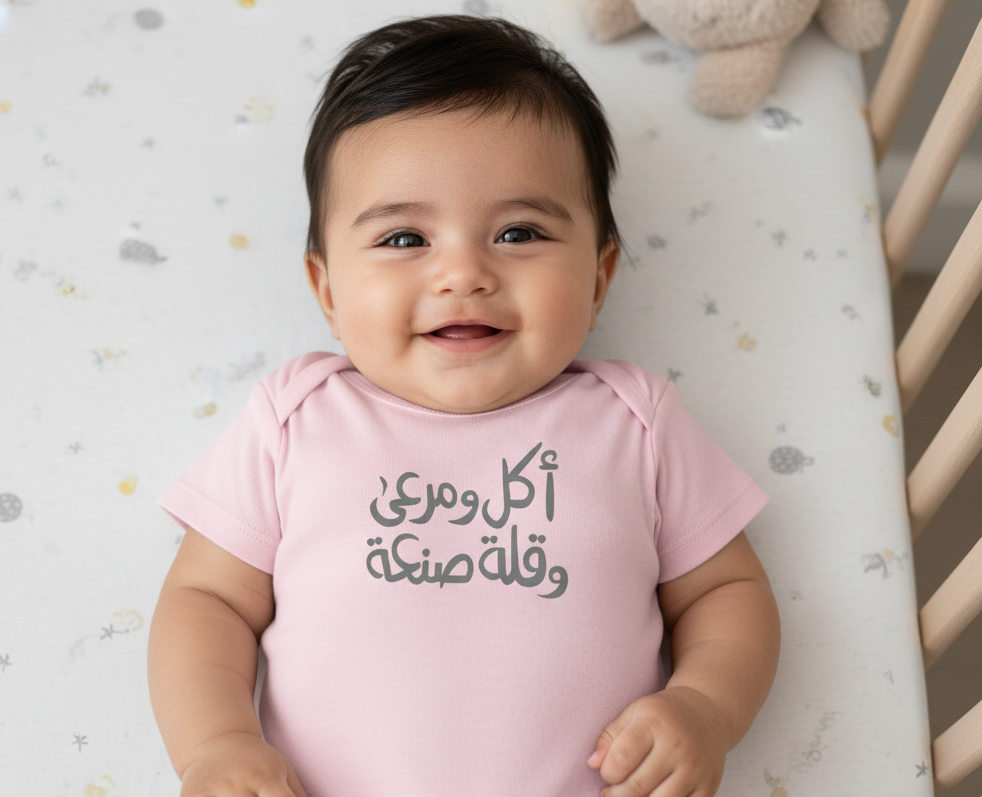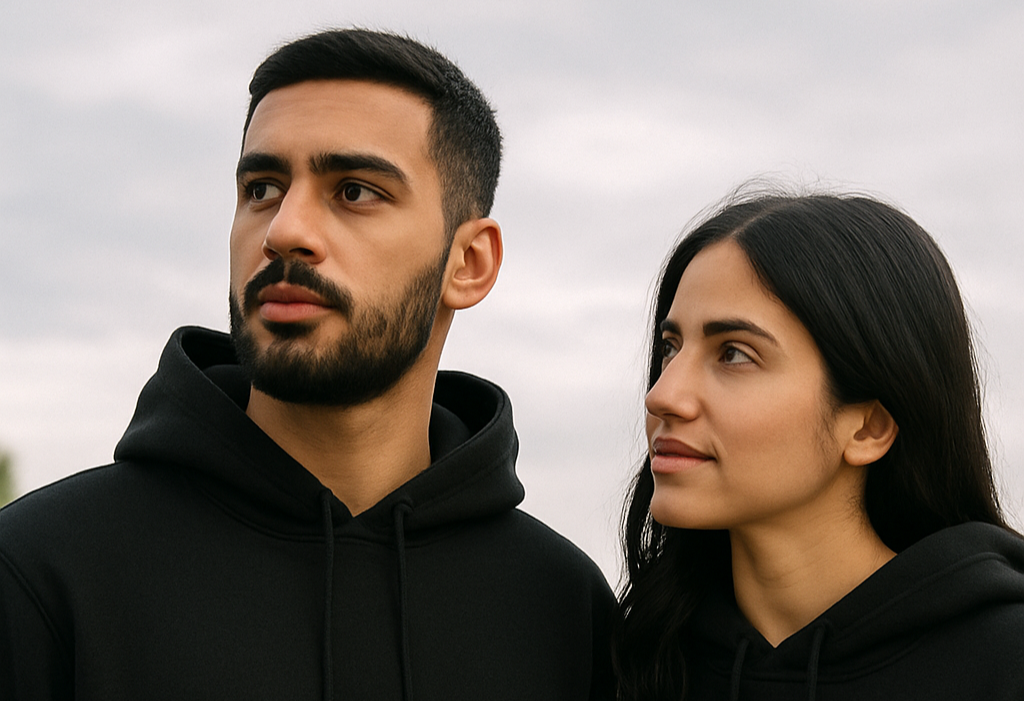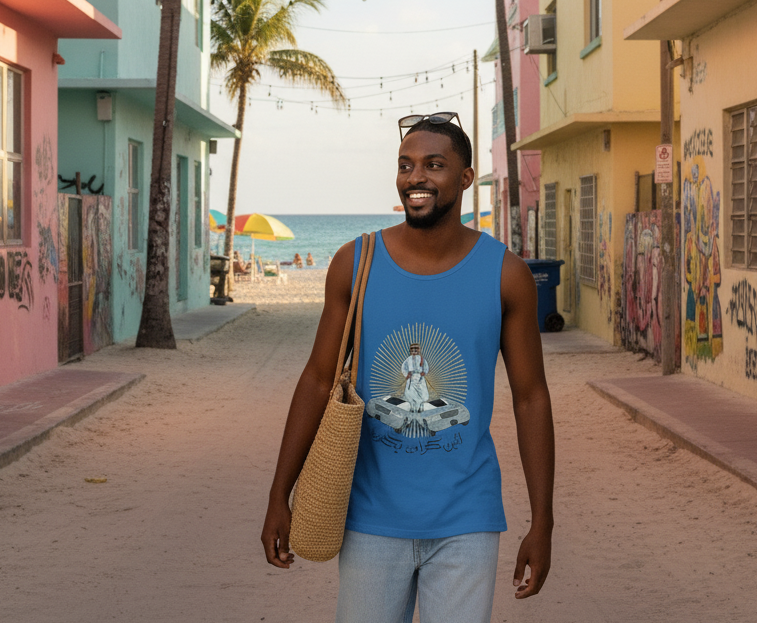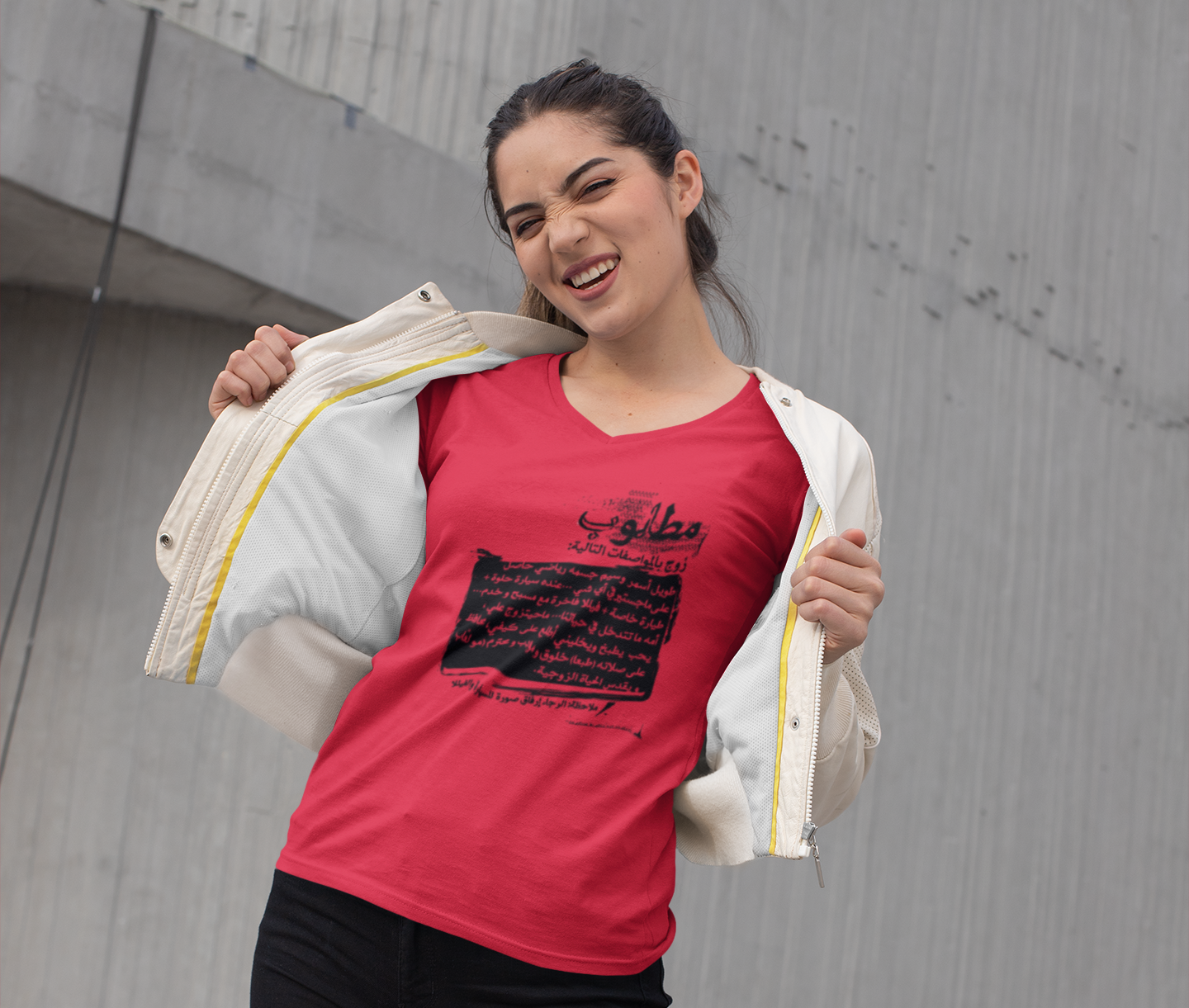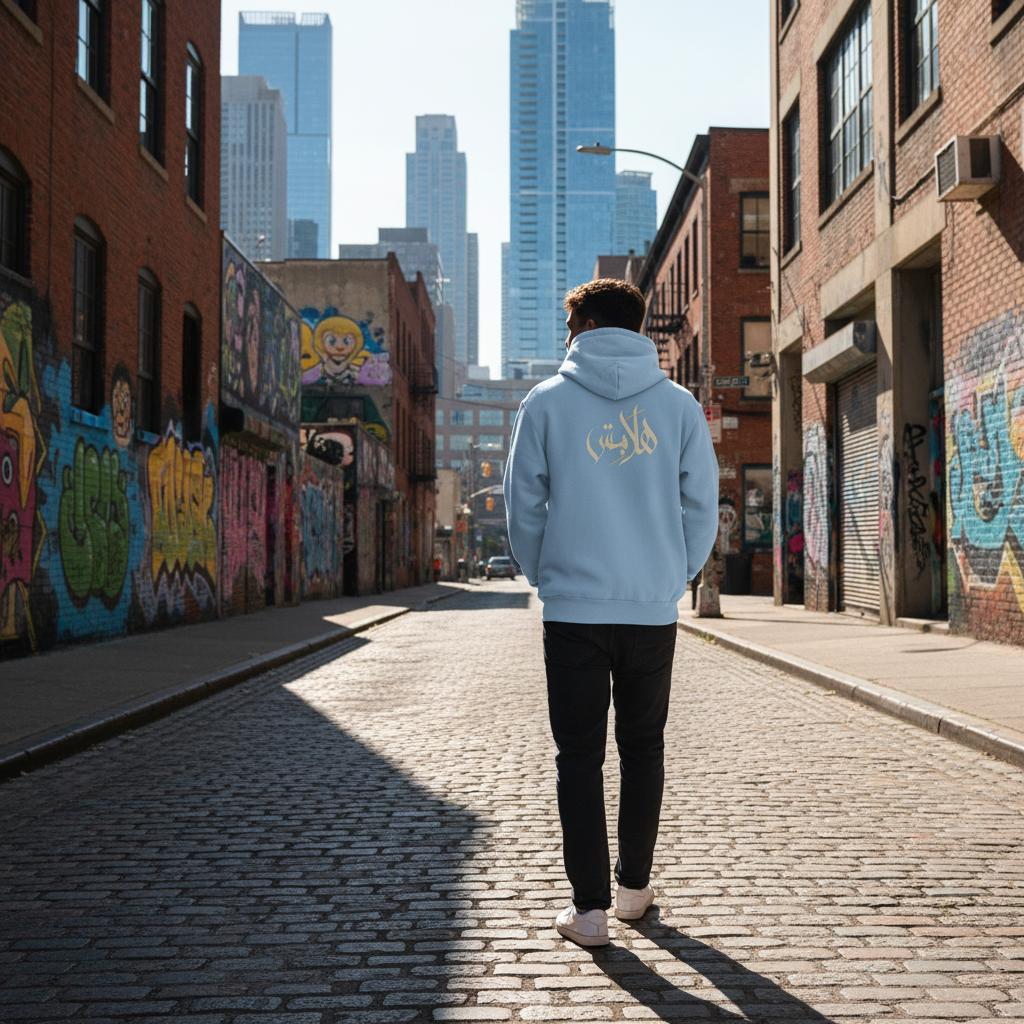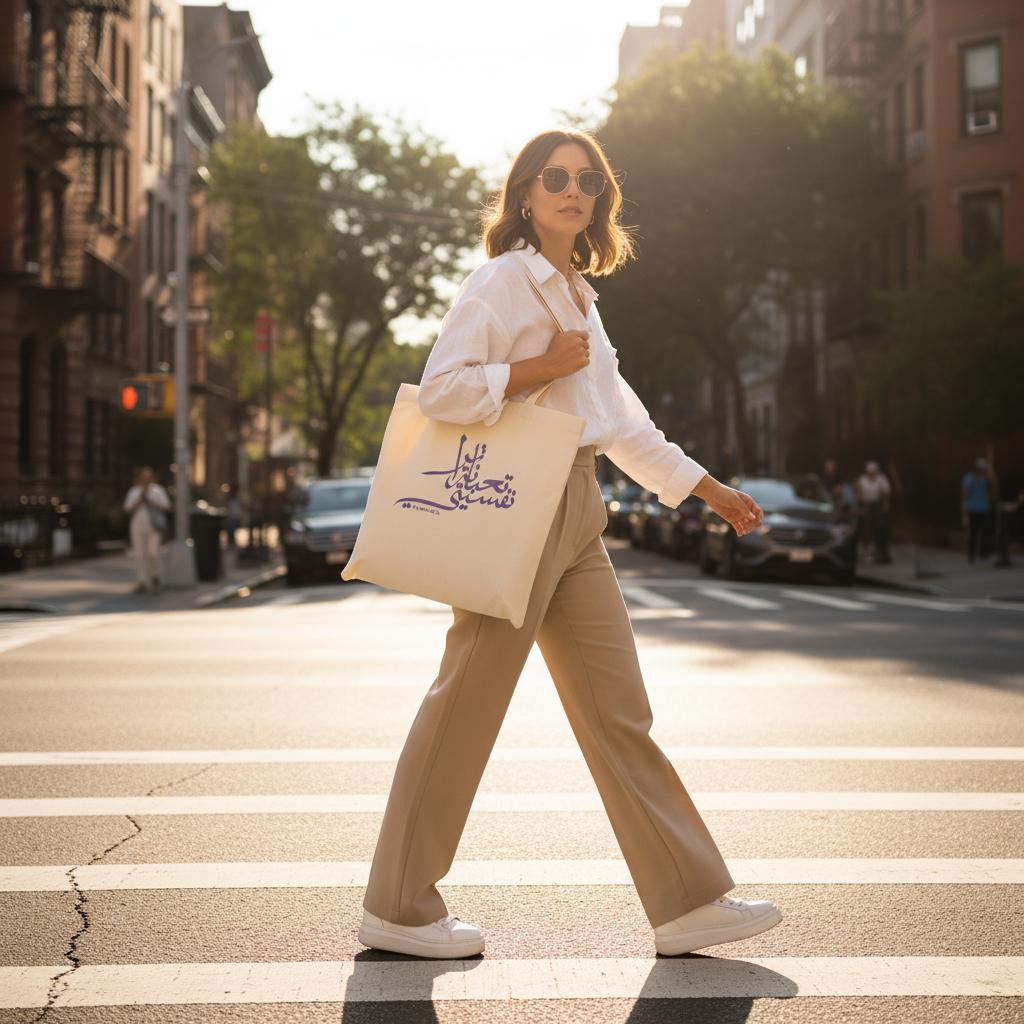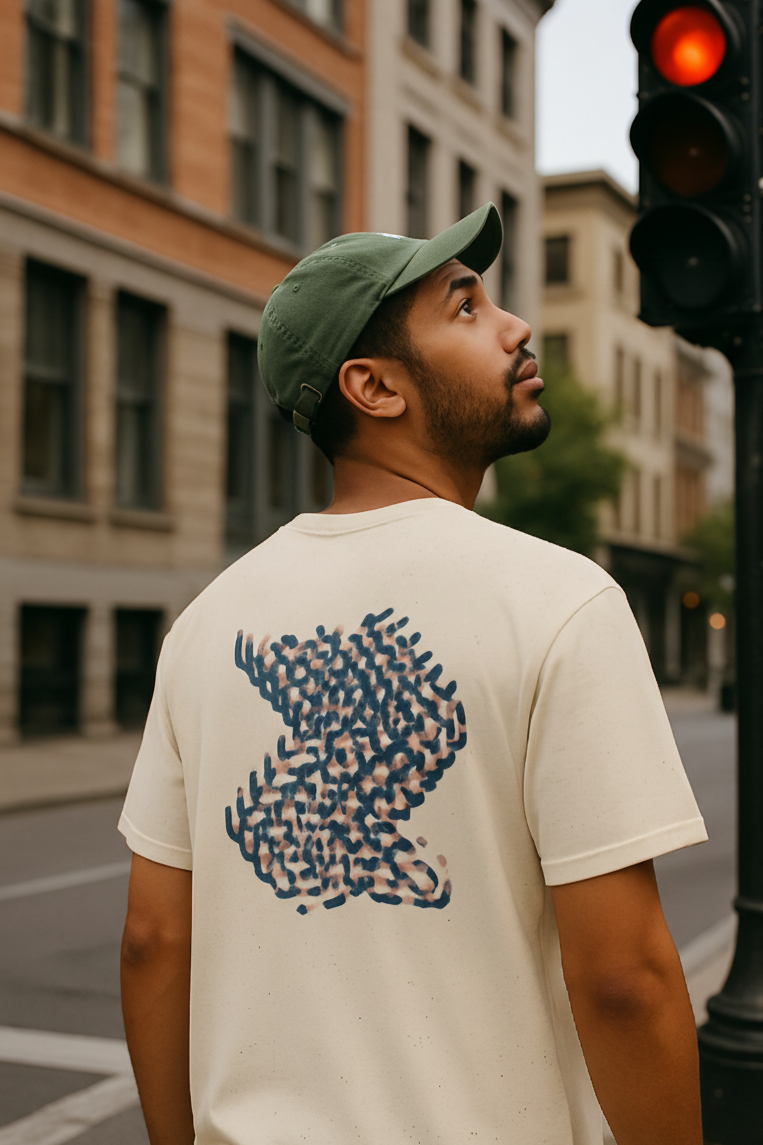Arabic calligraphy has always been more than just writing — it’s one of the world’s oldest and most expressive art forms. For centuries, it has shaped how we decorate our homes, design our books, and express faith, love, and poetry. You’ll find it on mosque walls, in old manuscripts, on family heirlooms passed down for generations. But at Arab & Ajam, we believe calligraphy isn’t meant to stay frozen in time. We’re pulling it off the walls and onto the streets — giving the script new life as bold, wearable fashion. The result? Hoodies, tees, and accessories that turn heritage into hype.
From Tradition to Trend
The history of Arabic calligraphy is rich, spanning styles from Kufic’s sharp geometry to Diwani’s elegant swirls. Growing up, most of us saw calligraphy as something beautiful, but distant — the kind of art you admire respectfully in a frame, not something you’d ever imagine wearing. It was “serious,” tied to religion, formality, and ceremony.
But culture evolves, and so should the art that defines it. Arab & Ajam reimagines calligraphy as something you don’t just look at — you live in. A flowing script on a sweatshirt suddenly makes the past feel alive in the present. It’s a way of keeping tradition relevant without stripping away its soul. Fashion becomes the bridge between the old and the new.

Streetwear Energy Meets Scripted Elegance
Streetwear has always thrived on visuals — bold logos, graffiti tags, powerful graphics that pop from across the street. Arabic calligraphy naturally fits this aesthetic. Its dramatic curves, flowing strokes, and intricate shapes carry the same energy as spray-painted art or iconic brand marks.
When you see someone wearing a hoodie with striking Arabic script, it doesn’t feel like a quiet design choice — it feels like a statement. It’s graphic, expressive, unapologetic. And yet, it’s also deeply meaningful. Even if someone doesn’t understand the language, the design speaks. It communicates rhythm, confidence, identity. That dual power — stylish to the uninitiated, powerful to those who know — is what makes calligraphy such a perfect partner for streetwear.
Beyond Words: The Feel of the Script
Arabic calligraphy is unique because it isn’t just about words. It’s about shapes, emotions, and the way the eye follows a line across fabric. One word written in Kufic might feel commanding and strong, while the same word in Diwani feels delicate and flowing. This built-in versatility means calligraphy can shift moods depending on how it’s styled.
That’s why Arab & Ajam doesn’t treat calligraphy as a stiff, literal text. Sometimes we use words for their meaning, but other times we choose them for the way they move. The curve of a letter, the weight of a line, the balance of symmetry — all of these things matter as much as what the word says. In fashion, that flexibility is gold. It allows a single script to transform a simple hoodie into something poetic and powerful.
Identity You Can Wear
Fashion has always been one of the easiest ways to say “this is who I am.” Logos, slogans, and symbols have long been cultural markers. For Arabs — and especially for those in the diaspora — calligraphy is one of the strongest, most visible signals of identity. Wearing it is both personal and public: personal because it connects you to language and culture; public because it shows the world you’re proud of where you come from.
And here’s the best part: you don’t need to be fluent in Arabic to feel that connection. Even those who don’t read or write the language can still carry its essence. Wearing calligraphy becomes a way of saying: I belong to this culture, these stories, this art form — even if I straddle multiple worlds. It’s a way of making heritage visible and wearable.
Why Calligraphy Still Matters Today
In a fashion world dominated by fast-changing trends, Arabic calligraphy is timeless. It has lasted centuries, outliving empires and dynasties. What’s changing now is how we interact with it. Instead of being confined to religious spaces, textbooks, or formal occasions, it’s becoming part of the everyday. On the street, in the café, at a concert, or on campus — calligraphy moves with you. It’s alive.
This is why Arab & Ajam leans into it. We see calligraphy not as something fragile to protect, but as something strong enough to adapt. By remixing it into our designs, we’re not diluting the art — we’re proving its power to survive and thrive in modern life. Fashion, after all, is just another canvas.
Looking Ahead: The Future of Script in Style
The story of Arabic calligraphy in fashion is still being written. We’ve already seen script appear in global high-fashion runways, in streetwear collabs, and in digital design trends. But what makes Arab & Ajam unique is that we center the culture, the jokes, and the lived experience of being Arab. For us, it’s not just about a font — it’s about language, pride, and belonging.
As we continue to experiment, we’ll keep finding new ways to play with letters, remix scripts, and tell stories through design. Because for us, calligraphy isn’t only about preserving the past — it’s about creating a future where Arab culture shows up in every corner of style.

